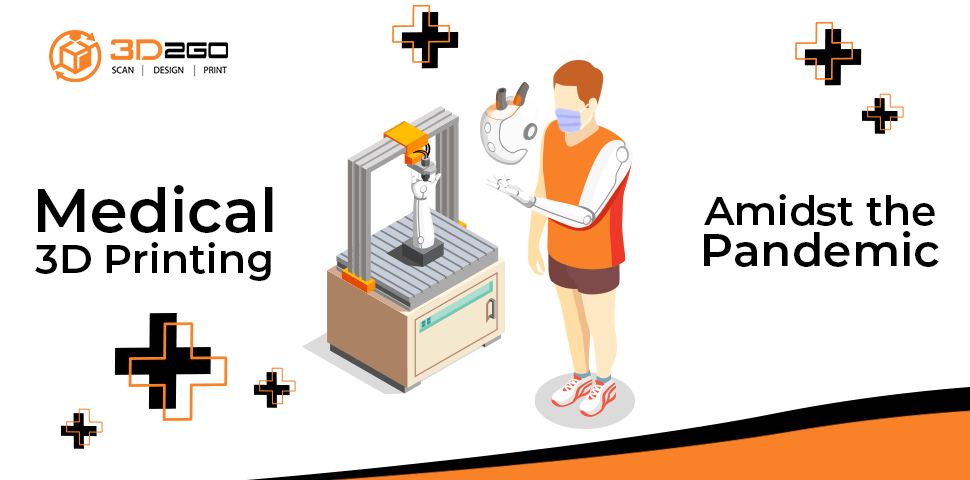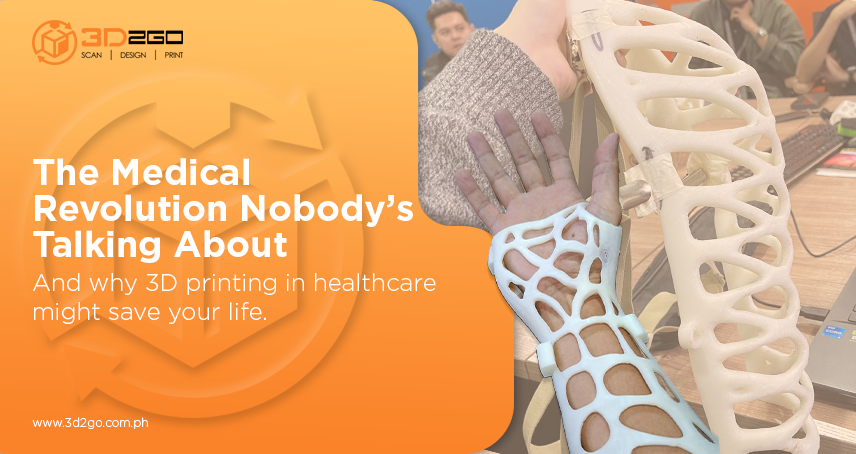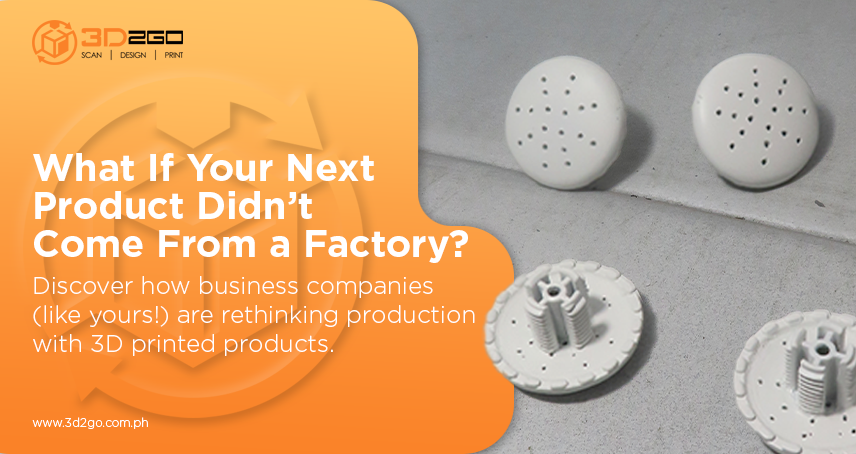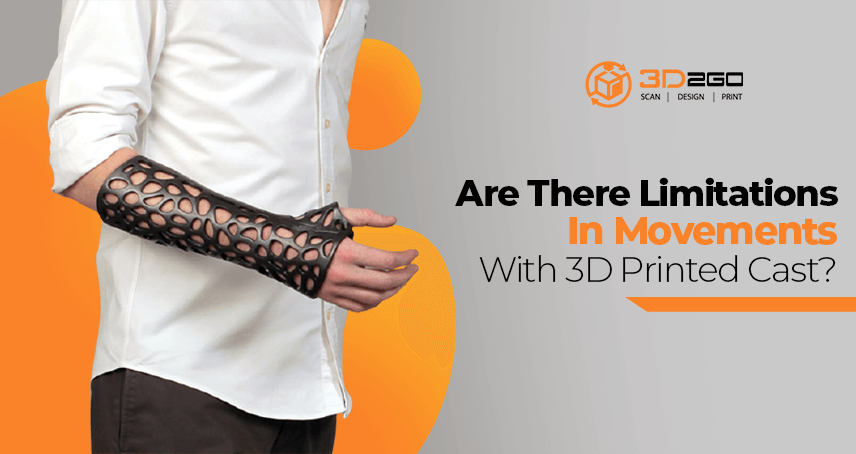
Why 3D Cake Toppers Designs are 10x Better than Traditional Cake Toppers
June 18, 2022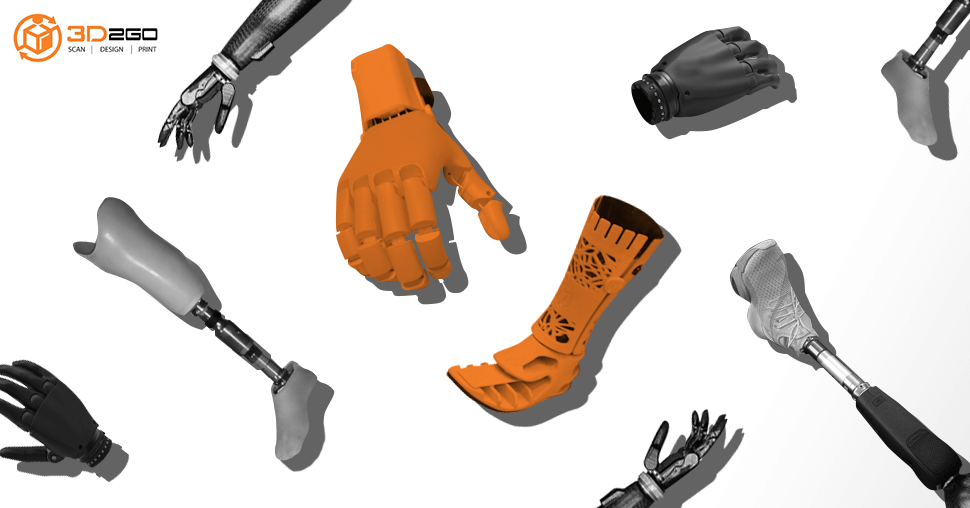
Revolution is Here for 3D Printed Prosthetic
June 18, 2022Medical 3D Printing Is Indispensable During Pandemic
Additive Manufacturing (AM) or widely known as 3D printing is known for practical application in medicine. Tons of medical practitioners around the world recognize the wide application of 3D printing.
For medical practitioners like doctors, the practical application of 3D printing enables them to understand complex health cases. Like for surgical guides and medical imaging. This in turn gives a higher standard of care.
For medical equipment, 3D printing equals rapid prototyping. This revolutionized product development for medical devices and surgical tools.
3D Printing in Medicine
In the west, 3D printing is being used in practicing medicine. While in the Philippines, the common application is for prosthetics. This is the fabrication of artificial body parts and anatomical models
Replacement of missing fingers or upper limbs like the arms. Yet most of it is more on prototype and little application in the hospital context.
However, it has paved the way for more accurate surgical procedures. This is by providing patient specific surgical templates.
3D printing in medicine in the Philippine context still has a long way to go. In the U.S. 3D printing pioneers are creating patient specific 3D printed tissues and organs. These organs are made specifically for the recipient.
With less chance of body rejection. However, this is still in the development stages. Yet industry experts, medical practitioners and researchers alike see the potential in this great innovation.
3D Printing in Healthcare
In the Philippines, 3D printing technologies have been very useful since the pandemic started sweeping the country. When the COVID-19 hit the country’s capital, face masks and face shields flew from shelves.
Manufacturers were not able to produce enough medical supplies. As common folks had a sudden surge in demand for it. 3D printing came into rescue. With this innovation, medical equipment like face shields were 3D printed to help healthcare amidst the pandemic.
Early applications of 3D printing in healthcare is for bio-models. This is used for presentation on how diseases affect the body.
For the medical industry, 3D Printing enables the production of complex biomedical devices using patient-specific anatomical data. This is to create patient-tailored devices, implants, diagnostic platforms, and even drug delivery systems.
Future of 3D Printing in Medical Field
Industry experts claim that 3D printers have lots of potential in practicing medicine and medical applications. The following are the key changes in the field.
- Implants will take a large share in 3D printing for the medical field. 3D printed external medical devices will get lower CAGR through 2022.
- 3D printed medical devices and materials will get the highest CAGR through 2022.
- Photo polymerization is still the most in-demand for 3D printing for medical devices.
- Hospitals are still the largest market for 3D printing.
- Asia Pacific except Japan would be expanding in terms of 3D printing medical devices.
Precise and affordable 3D printing processes give wide access to medical professionals. This empowers healthcare practitioners for better care provisions.
In 3D2GO, we are your top choice for whatever medical-related 3D printing you may need. As an end-to-end service provider, we can deliver products and services according to your medical needs and specifications.
Contact us today for more information.


